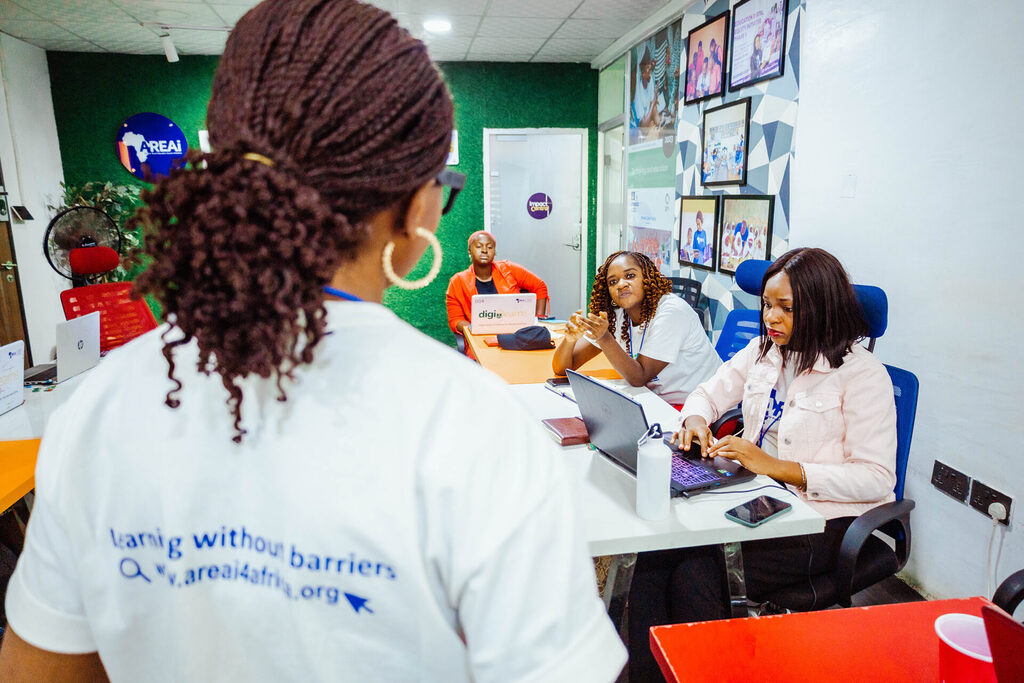“One of the most challenging aspects of Corporate Communications and Public Relations is being able to execute your campaign strategy effectively and in time while meeting all targets. Such that the client’s or customer’s expectation is met or even exceeded”. – Opeolu Adeyemi

When success is achieved for every milestone of a campaign, it brings much satisfaction and reinforces confidence in one’s abilities.
However, when things don’t pan out as planned, with errors, delays, time-lapses and poor delivery and engagement of automated messages or poor engagement and conversion rates or sales via the various communication assets.
Then, this becomes a big concern.
Re-examining the strategy implemented is critical to understanding and identifying the improvement opportunities available for achieving success with subsequent campaigns.
It is also imperative to take into consideration feedback from clients and the receivers or the target audience (where available).
Some of the following are suggestions that should be taken into consideration when PR efforts don’t go exactly as planned or yield poor results.

Strategy and Execution:
“Re-examining the mapped-out plan helps one understand what may have gone wrong in the execution of any campaign.”
From the conception to the execution stage, to what the campaign entails (the drivers and enablers/partners of the campaign at the various stages), to the resources required to drive the campaigns (both online and offline efforts) is essential.
Understanding how each of these factors interplay and the influence they exert on a campaign is very important.
This enables one to identify those areas of strengths and weaknesses by the drivers or personnel involved at each stage and the kind of support or adjustments that would be required for subsequent campaigns.
Communication Assets and Automation Platforms:
“Planning and timeliness are paramount to effective communication and the efficiency of the communication assets and platforms utilized.”
Sometimes, a campaign’s failure or success largely depends on this.
This may include CRM, SMS, Email Marketing platforms, and other virtual communication, including automation applications for social media and corporate communication.
It is also important to ensure that the chosen platforms perform optimally and that the internet connection remains strong and secured, especially when running campaigns, scheduling bulk messages, emails, posts, etc.
This ensures that such scheduled messages are delivered on time without lags or delays.

Analytics and Data:
“Feedback about the status of a campaign at various stages is largely dependent on data and making informed decisions based on the information obtained.”
From the type, volume, and conversion rates to the intensity of engagements such as clicks, navigation, interests, duration of time spent on landing pages or websites, demographics, sales, etc.
All of this analytical information helps one adjust a campaign accordingly, especially campaigns scheduled to run at different intervals or periods.
Information from analytics helps one know if a campaign meets the set goals and how it can be adjusted for better online and offline performance.
Feedback:
Feedback from receivers, target audience, and customers whom the campaign or services are designed to serve must be taken seriously if there are any changes to enhance performance. This is irrespective of how great one thinks an idea is or is beneficial to people or the target audience.
This includes complaints, suggestions, and grey areas that one may have overlooked but keep coming up in conversations with the target audience, customers, and potential customers.
“Noise Listening” is a skill that must be honed for success and continuity in business.”
Often, areas of complaint create good opportunities for improvement.
It is also important to take note of areas of success in all of one’s campaigns, communication, marketing, and PR efforts and find ways to replicate such strategies or results in subsequent campaigns.

Attention to Detail:
“Many times, campaigns go wrong from not paying attention to some of those minute details.”
This can be very costly, especially when PR efforts are channelled to a very large audience, and the communication efforts have multiple errors that cannot be retrieved nor rectified on time without incurring damage or a huge cost.
This includes errors such as wrong content of sponsored ads that cannot be rectified once flagged off, wrong SMS messages, email marketing efforts with wrong links or landing pages, wrongly printed or branded materials, etc.
Many of these kinds of errors come at a cost.
They are also often misleading and defeat the purpose and goals of the campaign at the end of the day.
However, when careful attention to detail is given, the stress level on execution is drastically reduced, and the probability of recording success becomes higher.
Conclusion.
The bottom line is this.
Feedback and a re-examination of any Communication and PR campaign strategy is important, and identification of improvement opportunities after such campaigns have been executed is key to being able to have repeat and successful PR efforts, all achieved via informed decisions.
Thus creating a success model that can be replicated and adjusted across various projects.
It is worth noting that no experience is ever a waste. As one continues to work on various campaigns and PR projects, mastery is obtained to know what could work best for each unique campaign project that comes our way.
Thank you for reading.
Written By: Opeolu Eniola Adeyemi.
Director of Digital Communications, AREAi.
NOTE: This article was first published by the author at www.bravepublicity.com/read/
